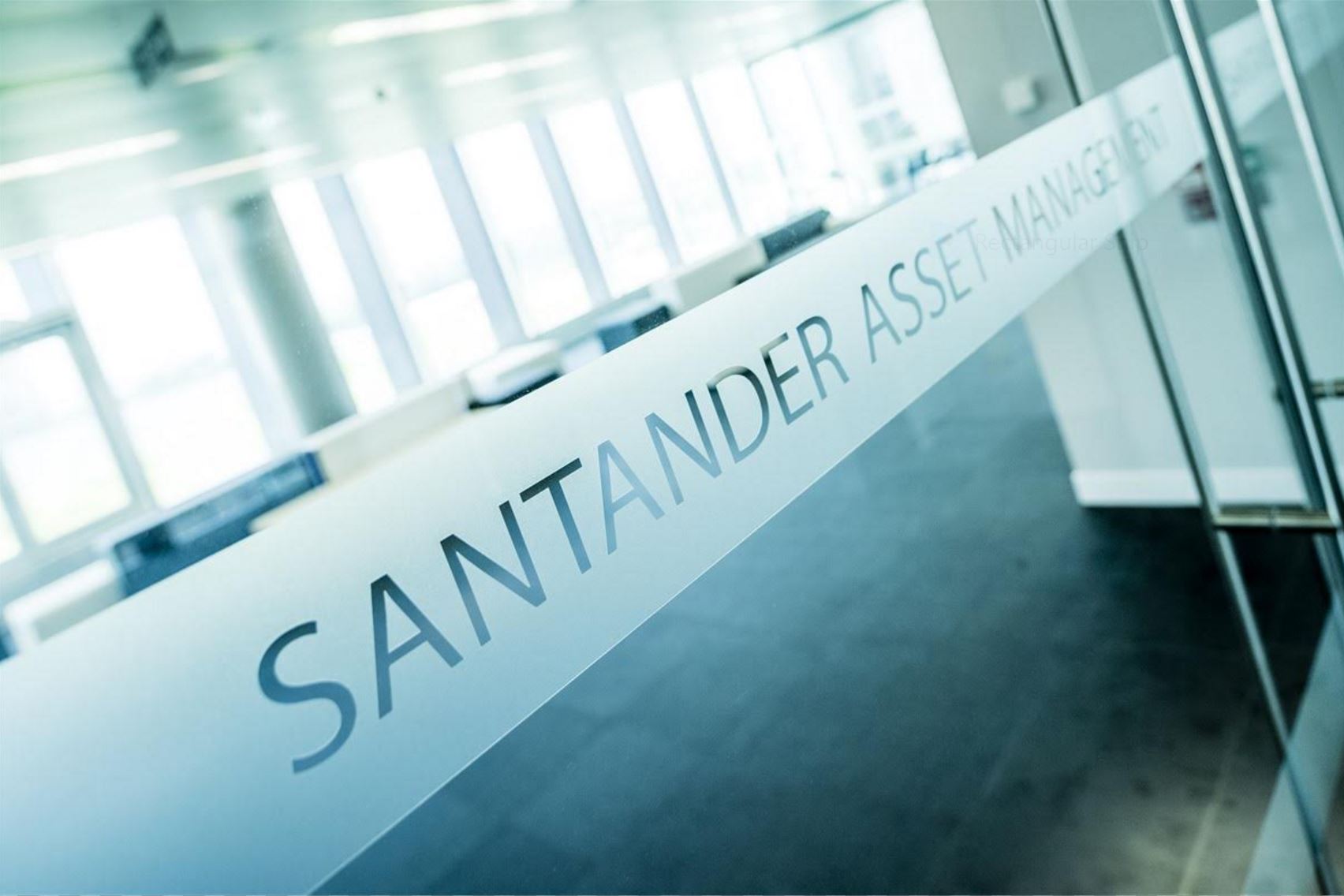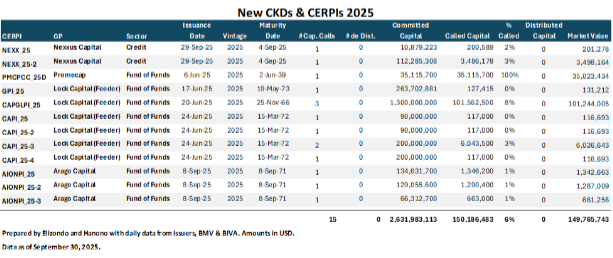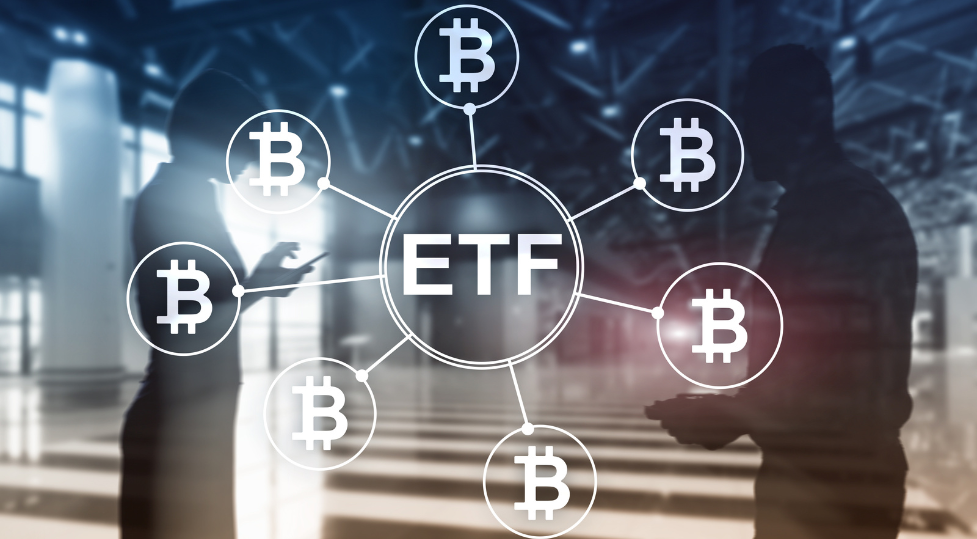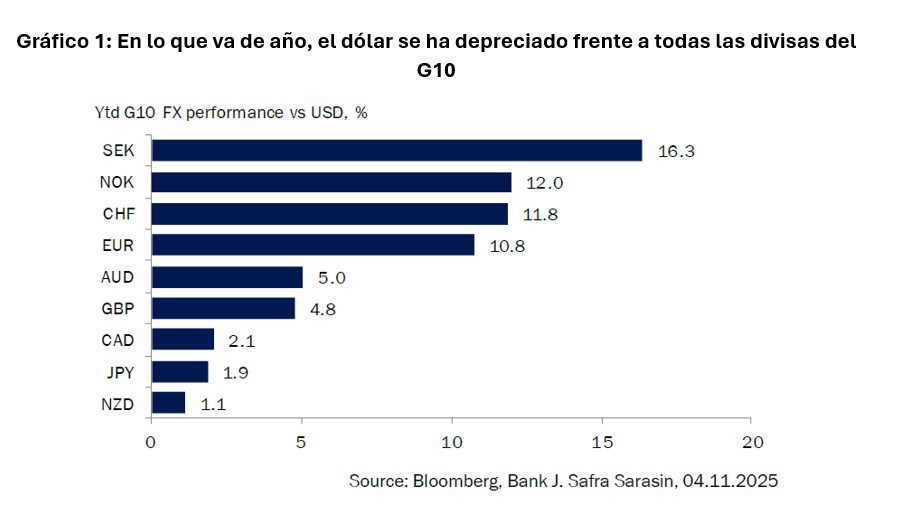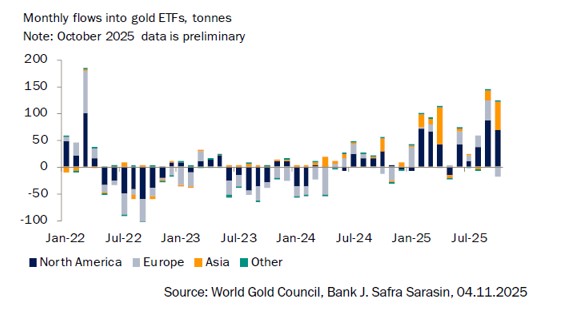State Street and Albilad Capital Sign Strategic Agreement
| By Amaya Uriarte | 0 Comentarios

State Street Corporation has announced the signing of a strategic cooperation agreement with Albilad Capital, one of Saudi Arabia’s leading financial institutions specializing in securities services and asset management. According to the statement, under this agreement, State Street will support Albilad Capital’s securities services offering in the country.
The firm stated that this partnership highlights State Street’s long-term strategic investment in Saudi Arabia and its strategy to provide global product capabilities to local clients. In this regard, they added that the collaboration, aligned with Saudi Arabia’s Vision 2030, aims to strengthen the Kingdom’s financial and capital markets by combining State Street’s industry-leading solutions with Albilad Capital’s local market expertise.
“We are delighted to collaborate with Albilad Capital to support their clients and growth and contribute to the development of the Kingdom’s capital markets. This strategic alliance underscores State Street’s commitment to expanding our presence in the Kingdom and delivering world-class, innovative securities services to local and international clients in one of the fastest-growing markets in the world. By combining State Street’s global capabilities with Albilad Capital’s market knowledge, we can meet the growing demand for sophisticated investment solutions and help support the Kingdom’s ambition to become a leading financial center,” said Ron O’Hanley, Chairman and CEO of State Street.
Zaid AlMufarih, CEO of Albilad Capital, stated: “This collaboration reflects Albilad Capital’s commitment to advancing the evolution of the securities services sector in the Kingdom and enhancing market competitiveness by adopting global best practices. We are proud of this agreement, which combines State Street’s global expertise and advanced technological infrastructure with Albilad Capital’s leadership in the local market. This allows us to offer innovative and efficient investment solutions that support market development and meet our clients’ needs. Albilad Capital and State Street share a common vision focused on innovation, operational excellence, and the integration of international best practices to deliver highly efficient and effective local services. We are confident this collaboration will contribute to the transfer and localization of global knowledge, thereby supporting the development of the Kingdom’s financial market infrastructure.”
Commitment to Saudi Arabia
State Street has been serving clients in the Kingdom of Saudi Arabia for over 25 years and established local operations in 2020. Currently, the firm manages $127 billion in assets under custody and/or administration and $60 billion in assets under management for clients in the Kingdom.
“This initial cooperation agreement is the first step toward a long-term strategic relationship. Our goal is to deepen the collaboration and introduce additional investment services and capabilities for Saudi clients, improving the efficiency of capital markets and leveraging both firms’ capabilities in ETFs to facilitate direct foreign investment in the Kingdom,” added Oliver Berger, Head of Strategic Growth Markets at State Street.
Albilad Capital, the investment arm of Bank Albilad, was established in 2008 and offers a wide range of services, including brokerage, asset management, investment banking, custody, and advisory services to institutional investors, with a focus on Sharia-compliant products. The firm currently manages over $50 billion in assets under custody and/or administration.
The agreement was signed in Riyadh on October 29, 2025, in the presence of the Chairmen and CEOs of both companies, as well as other senior dignitaries.

